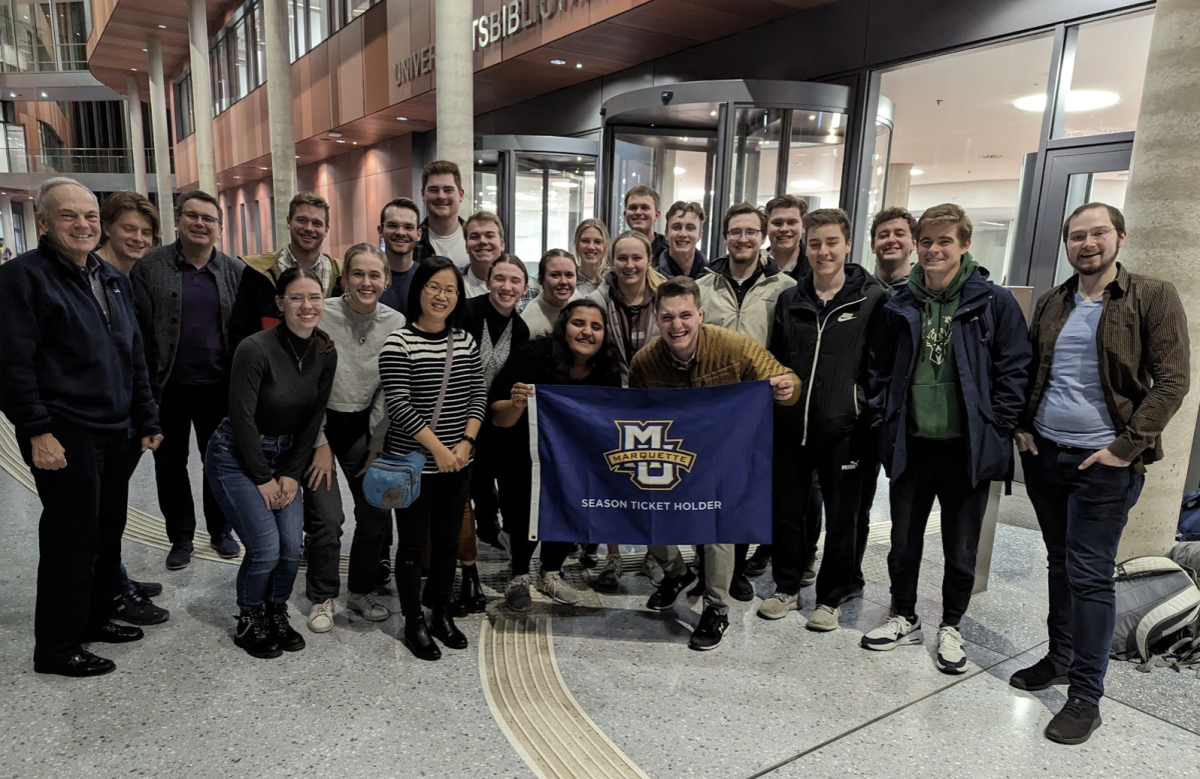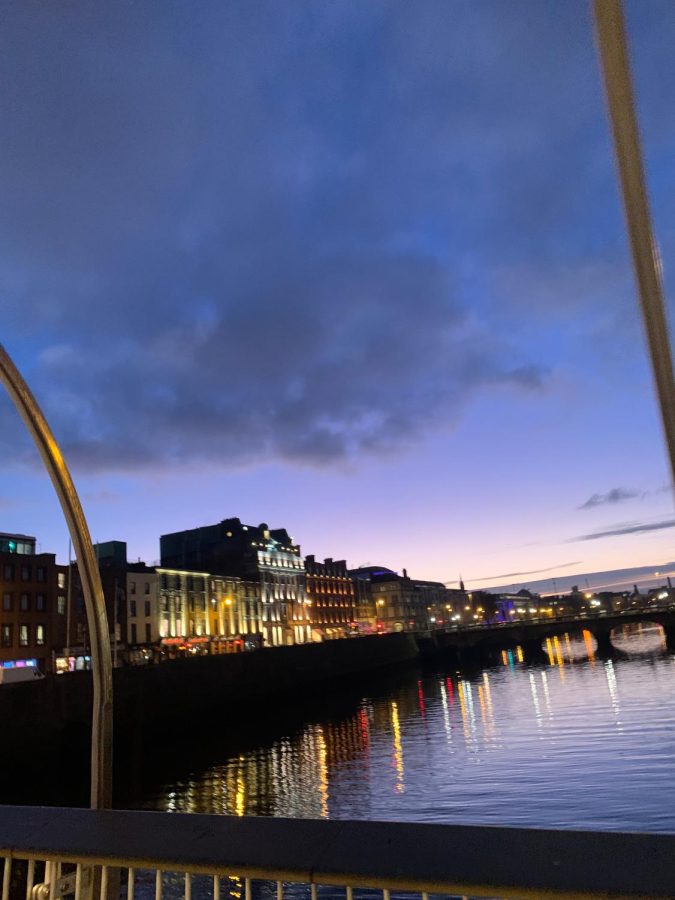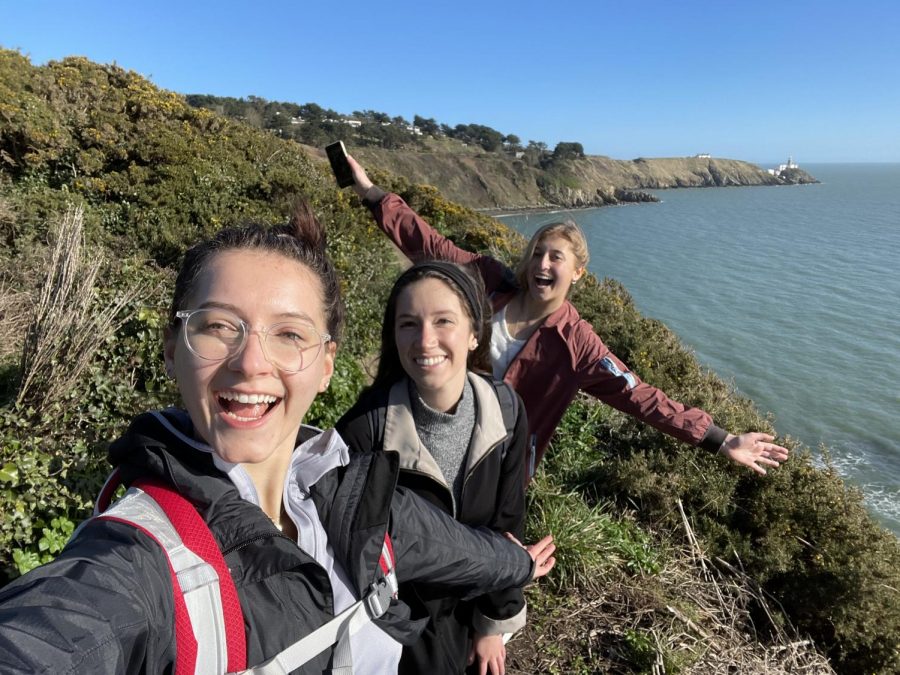
Last week, after departing from Edinburgh I embarked on a three-day sightseeing tour of the Scottish Highlands with my sister and 27 strangers.
Being a late planner, I let my sister find the tour and schedule everything; I basically just showed up. Because of this, I had no idea what to expect from the tour. I knew the highlands were the north-most part of Scotland; they were still full of a lot of trees, sheep and cows; and its inhabitants were very fond of wearing plaid “tartan” kilts and other clothing items.
I’d read Samuel Johnson’s A Tour of the Hebrides for class this year, and subsequently his male companion Boswell’s journal, and one of my best friends is Scottish and always raves about how amazing Scotland is. I’d seen Scottish dancing maybe twice in my life, and watched the Highland Games once on ESPN2.
Needless to say, I knew next to nothing about the Scottish Highlands.
What I found over the next three days was completely unexpected in a refreshing sort of way.
The Scottish Highlands, for one, are beautiful to be sure. But they aren’t beautiful in a traditional, picturesque, cute or pretty sort of way. They’re more terrifyingly beautiful in a haunting sort of way. In travel writing (I learned this semester), this type of beauty is usually referred to as the sublime. I never really understood what my professor meant when we were talking about terrifying beauty, but after taking one look at Scottish mountains, it made sense.
Some may look at the landscape and see lots of brown, snow, dead grass and sheep. All of those things would be true. But the sheer magnitude of the Highlands combined with spectacular views from the mountains and the vast emptiness of it all – it contains the largest uninhabited stretch of land in Europe.
It’s more of a place that inspires awe and wonder than a place that is beautiful.
The Scottish Highlands are also full of history. My tour guide for the trip, Alan, was a proud Highlander who knew just about any historical fact of Scottish history there was to know. The Scots and English have a long history of territory wars, oppression on both sides and conflict in general. Alan knew every battle and which Scottish clans were in the battle, what weapons were fought with, what tartan and feathers were used and just about any other fact available for the battle.
I learned more about the ‘true’ William Wallace (SPOILER ALERT: Braveheart is a complete lie), the War for Independence and the Civil War (Jacobean Rebellion) than I ever thought possible.

The Scottish Highlands are also full of pride, mostly because of their history. If Alan and his friends were any indication, Scottish pride runs deeper than Loch Ness. It’s not just about wearing kilts and talking in really deep Highland accents, but about taking pride in your heritage and family history and tradition. Clans, or Scottish tribes, are still a big thing in the Highlands. One’s last name denotes their clan, and therefore it is easy to see where one’s allegiances lie. Apparently in times of old, clans were more at war with each other. However, after the Civil War clans fought more with England than with one another.
Note: Clans are still divided, however. In the MacDonald territory of the Highlands, for example, Campbells are not welcome due to an old feud stemming from a war with the English.
Somewhere among the beauty, history and pride of Scotland, I fell in love.
Scotland seems an unlikely place to fall in love, and the entirety of Scotland is an even more unlikely thing to fall in love with. But somehow, it happened. I love Scotland. I love Scottish landscapes, food, dress and people. I love the simple, uninterrupted beauty of the Highlands and bagpipe music.
I’m amazed to say it, but Scotland may just be the best place on earth.
For more photos and updates from the Highlands and other trips, check out www.pondhoppassport.com!







